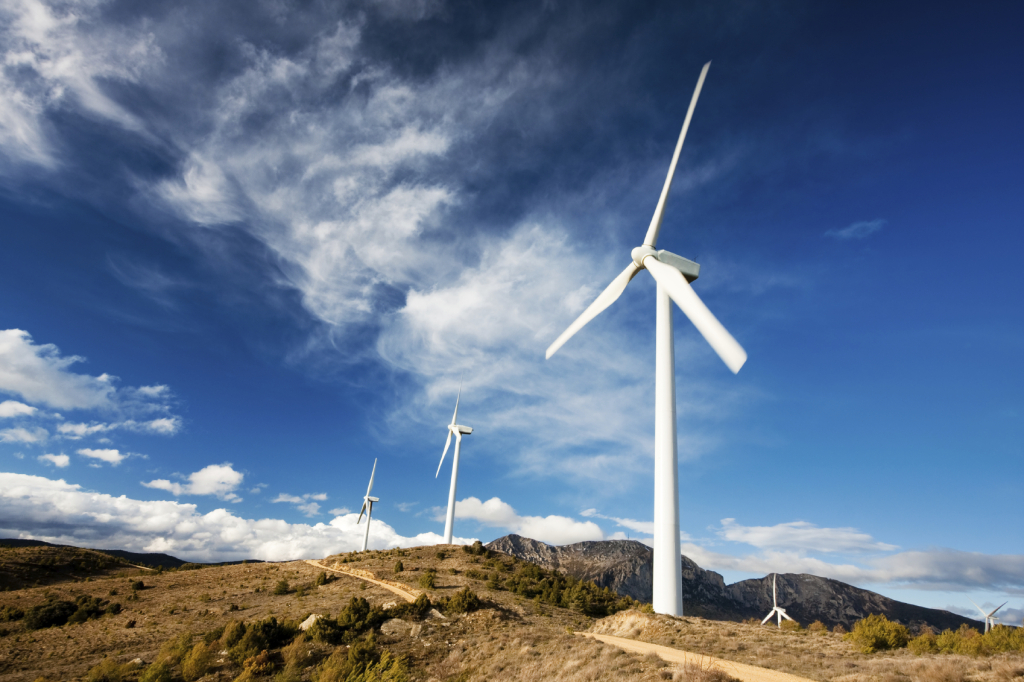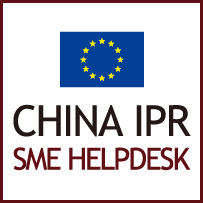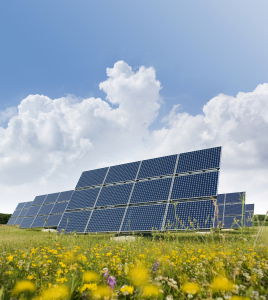 IP Strategies for a Rapidly Expanding Market
IP Strategies for a Rapidly Expanding Market
China is the fastest growing market for wind and nuclear power generation, and is investing heavily in exploring alternative, renewable means to address its immense energy needs. With a large potential market, and strong government support for the development and adoption of new clean technologies, the China IPR SME Helpdesk says that China presents great opportunities for European cleantech SMEs.
China’s large market potential means that cleantech businesses cannot risk losing a strategic foothold in China by waiting to act. However, cleantech businesses that enter China need to understand that while good execution, effective management and access to financing is critical to maintaining a competitive advantage, protecting technology is equally important. Although technology transfer can be structured in a way that minimises risks to intellectual property (IP), additional preparation and measures directed at the IP environment in China need to be considered as well.
How IP fits into an overall business strategy will depend on whether the firm is a start-up or a growth business, and also whether the technology itself is new and untested in the market, or mature and ‘off-patent’ (technology that is no longer protected by patent). Different businesses will use IP to achieve different objectives, such as maximising revenue-generation by monetising their IP portfolio through licensing, increasing opportunities for partnerships and cross-licensing or barring new market entrants.
For example, a manufacturer of wind turbine components might consider focusing efforts and resources towards obtaining patent protection of component designs because infringement by counterfeit components can be easily demonstrated and proven in court. They may then also focus on budgeting sufficiently for enforcement campaigns to actively identify counterfeiters. On the other hand, a cleantech business that has developed a biomass on-site power generation system for livestock farms, and is looking to license the technology to farms across China, may want to obtain patent protection and explore ways to ‘black box’ (i.e. to withhold or keep secret by fragmenting production) key parts of the technology. This could be done by supplying specialised equipment or by having a trusted contractor perform the installation because the technology will need to be taught to and practiced by the licensee.
Building a valuable cleantech patent portfolio
Patent protection is perhaps the most common form of IP protection in the cleantech sector. This is because many clean technologies are capital-intensive and take a long time to achieve market acceptance, especially for those that are currently too expensive to be commercially viable. As a result, cleantech investors often demand patent protection as a way of securing monopoly profits. Having a cleantech patent portfolio can bring other tangible business benefits such as stability, credibility, increased valuation, access to investment and financing, availability of defensive patent strategies (filing patents primarily to block competitors from using similar technology), opportunities for partnerships and/or cross-licensing. Being able to leverage exclusive rights can influence strategic decisions and the direction of investment. Thus, for many cleantech businesses, investing in the development of a valuable patent portfolio can be a smart move if it is directed at achieving specific business objectives.
Cleantech businesses will need to decide whether to protect inventions as patents or keep them as trade secrets and know-how. Inventions that are protected by patents become public knowledge, which can allow competitors to refine, design-around, or re-invent the technology so that it can no longer be protected by the patent. Cleantech inventions with a commercial shelf-life of significantly longer than 20 years should be considered for trade secret protection, but only if the business is confident in its capacity to protect its trade secrets.
Building a valuable cleantech patent portfolio requires devoting a substantial amount of financial and management resources. ‘Shot gun’ approaches (setting a target number of patents and allocating a certain amount of money for each one) to filing and prosecuting patents are attractive to businesses with limited budgets, but fail to deliver quality patents more often than they succeed. Rather, new inventions need to be qualitatively evaluated on their merits to determine how much of a business’ limited resources need to be devoted to tasks such as drafting of claims and application filing so that a strong patent is obtained.
A more fundamental question facing cleantech businesses is when to file for a patent. When a new invention is developed it can often be difficult to predict the direction in which the technology will develop, as well as shifts in market trends. Filing too early may result in a patent that is not directed at how the technology eventually develops several years later. However, filing too late can risk someone else filing a patent for the same invention, or risk losing patentability if the secrecy of the invention is lost. This issue is even more important in China which operates a ‘first-to-file’ system, making it easier for other parties to block you from using your own IP in China by registering it before you. It is also important to note that the registration process can be very lengthy, and your patents can only be protected in China once a registration has been completed. Alternatively, it may be worth considering whether combining invention patents with utility models can be used to provide additional flexibility.
Although some clean technologies are cutting-edge, many are based on technology that has been in existence for many years (so-called ‘legacy technology’). As a result, the cleantech sector is characterised by incremental innovation and a convergence of existing technologies in many areas. It is important to recognise that such new technologies can be protected, with a utility model patent if not an invention patent, and should not be overlooked by development teams as insignificant innovations.
China differs from many Western jurisdictions by providing patent protection for utility models, which protects the shape, structure, or the combination of shape and structure of a physical product (methods and compositions can only be protected by invention patents) for a term of 10 years (compared to 20 years for invention patents). Obtaining a utility model patent, sometimes requires a lesser degree of ‘inventiveness’ (the degree of innovation over known technology) than needed to obtain an invention patent. Utility models are inexpensive and quick to obtain, on average within nine to 12 months, and are well suited to protecting products with shorter product lifespans.
Utility models are often viewed as a weak form of IPR because utility model applications are not substantially examined for patentability, and are often discounted by foreign businesses because they are unfamiliar with them. However, Chinese businesses have been taking advantage of utility model patents for years and have successfully used them to block foreign competitors and obtain huge pay-outs. Combining utility models with invention patents can also be a smart way to deal with clean technology based on legacy technology.
Take-Away Messages
European cleantech SMEs need to be proactive in understanding and taking measures to minimise IP risk when doing business in China. Often SMEs get caught up in fast-moving deal opportunities and do not adequately address critical IP issues. Cleantech businesses can avoid incremental losses to competitiveness by thinking strategically about IP, including how to build a robust patent portfolio and ensuring that no single party can practice the complete technology by keeping core processes and components separate. It is also important to remember that legal protection is available for incremental innovations via utility model patents, allowing for an extra level of protection and a stronger market position in a sector where rapidly evolving technology is the norm.
Pick up the next issue of Eurobiz for the second part of this article, which will address the licensing and sale of cleantech IP.
 The China IPR SME Helpdesk is a European Union co-funded project that provides free, practical, business advice relating to China IPR to European SMEs. To learn about any aspect of intellectual property rights in China, visit our online portal at www.china-iprhelpdesk.eu. For free expert advice on China IPR for your business, e-mail your questions to: question@china-iprhelpdesk.eu. You will receive a reply from one of the Helpdesk experts within three working days. The China IPR SME Helpdesk is jointly implemented by DEVELOPMENT Solutions and the European Union Chamber of Commerce in China.
The China IPR SME Helpdesk is a European Union co-funded project that provides free, practical, business advice relating to China IPR to European SMEs. To learn about any aspect of intellectual property rights in China, visit our online portal at www.china-iprhelpdesk.eu. For free expert advice on China IPR for your business, e-mail your questions to: question@china-iprhelpdesk.eu. You will receive a reply from one of the Helpdesk experts within three working days. The China IPR SME Helpdesk is jointly implemented by DEVELOPMENT Solutions and the European Union Chamber of Commerce in China.



Recent Comments